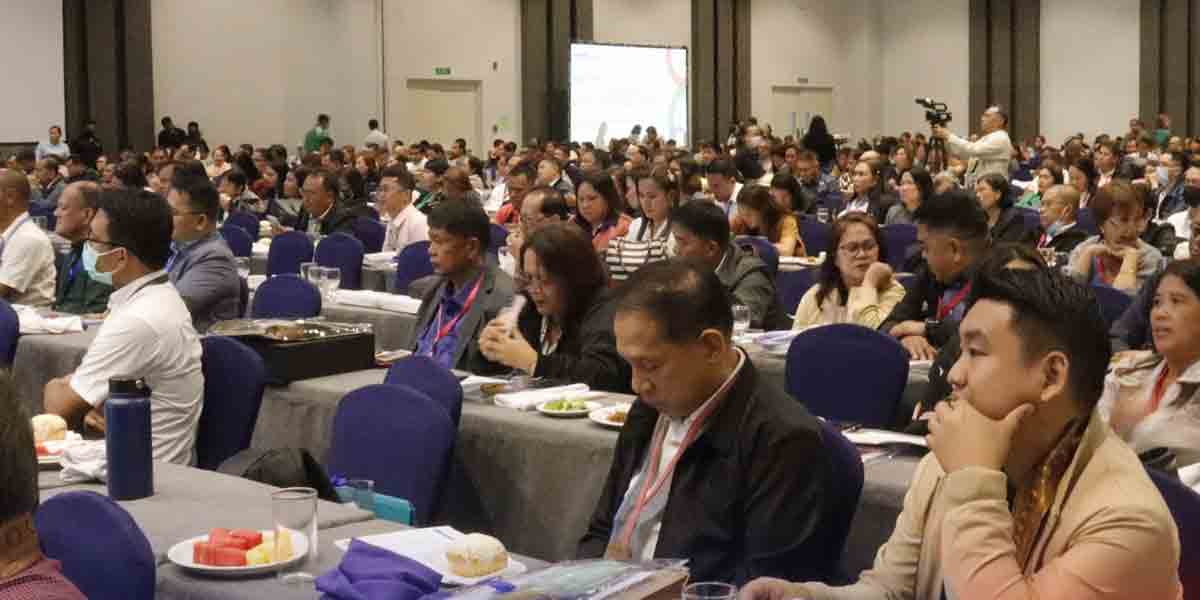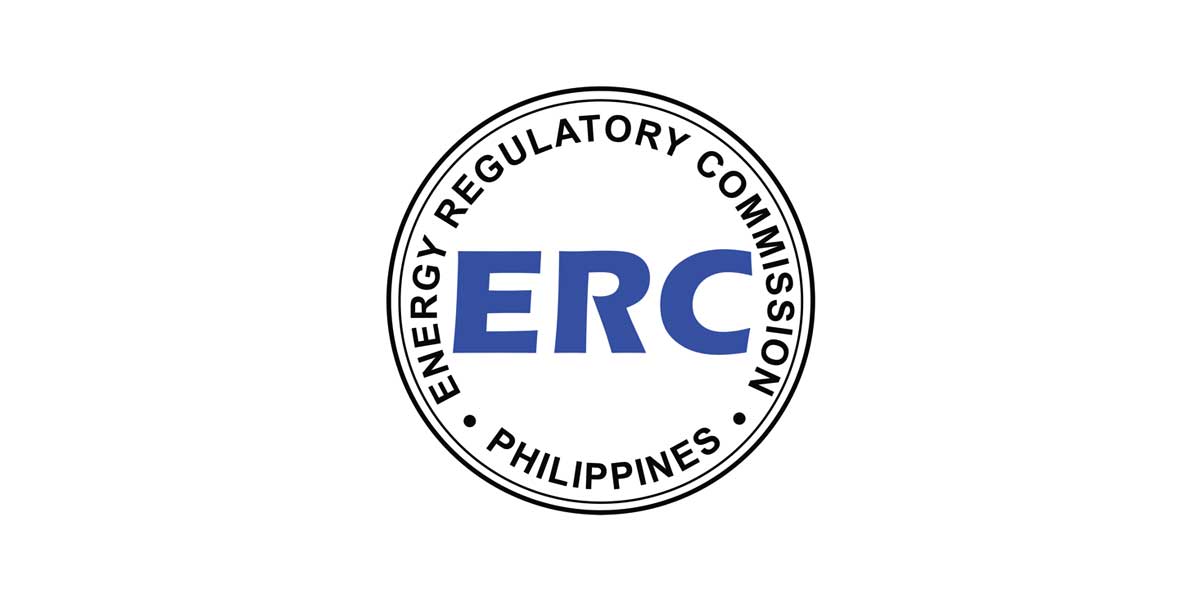 By Dr. Rex Casiple
By Dr. Rex Casiple
In this period of COVID-19 pandemic when the traditional in-person or face-to-face mode of learning is not allowed, there is a need to explore other innovative learning modalities to continue the schooling of students in basic and tertiary education who are differently situated in terms of time, pace and place.
In flexible learning quality education may be in question because of so many factors that affect the learning process, such as the preparation of teachers capable to handle online and offline classes; the availability of information technology (IT) resources in schools, teachers and students; the curriculum; the syllabi to be used; the internet connectivity of the schools and the learners; among others. Hence patience and cooperation of everyone is called in this transition or transformation towards the new normal or new modalities of the teaching-learning process.
Flexible Learning is the appropriate design and delivery of programs, courses, and learning interventions that address these kinds of situations in the new normal. Flexible learning involves the use of digital and non-digital technology. Flexible learning allows time flexibility. It commonly uses the delivery methods of distance education.
The main objective of flexible learning is to provide learners with most flexibility on the learning content, schedules, access, and innovative assessment, making use of digital and non-digital tools. In this pandemic period flexible learning aims to decongest classrooms or to reduce the number of students who go to the classroom at one time. This is to promote physical distancing and to protect the health of the students.
Schools have the discretion to decide what most viable form of flexible learning and teaching they will utilize. This will be based on their capability and their existing situation. They may utilize in teacher-learner engagement or communication short message service (SMS), electronic mail (email), chat, instant messaging, and other means of communication convenient, appropriate, and available to ensure personalized, effective, efficient, and timely mentoring and feedback mechanisms.
Schools may use various learning modalities in implementing flexible learning strategies, such as printed modules, audiotapes, videotapes, CDs, storage devices, etc. They may also utilize television or radio broadcasting networks in areas with poor or no internet connectivity.
In the assessment of student performance schools may use non-conventional assessment system, such as research papers, video recorded student reports or laboratory experiment, project-based or task based assessment, use of assessment rubrics, among others.
In the US flexible learning, through distance learning, combines online discussion groups, viewable lectures, video and simulations that enhance professional learning. Distance learning utilizes instructional methodologies with the use of technology to help students gain the required skills and knowledge in their area of specialization.
Like flexible learning distance education is a method of teaching where the learner and the teacher are physically separated from each other. It utilized a combination of technologies, such as audio, video, computer, and the internet. Today’s common version of distance education is online education, which uses computers and the Internet as the delivery mechanism with at least 80% of the course content delivered online. Distance learning courses in the USA are applied in health-related courses, business courses, engineering among others.
Distance learning is not a new way of teaching in the US. It can be traced back to as early as the 18th century. In the last 300 hundred years, it runs with innovation in communication or information technology.


















